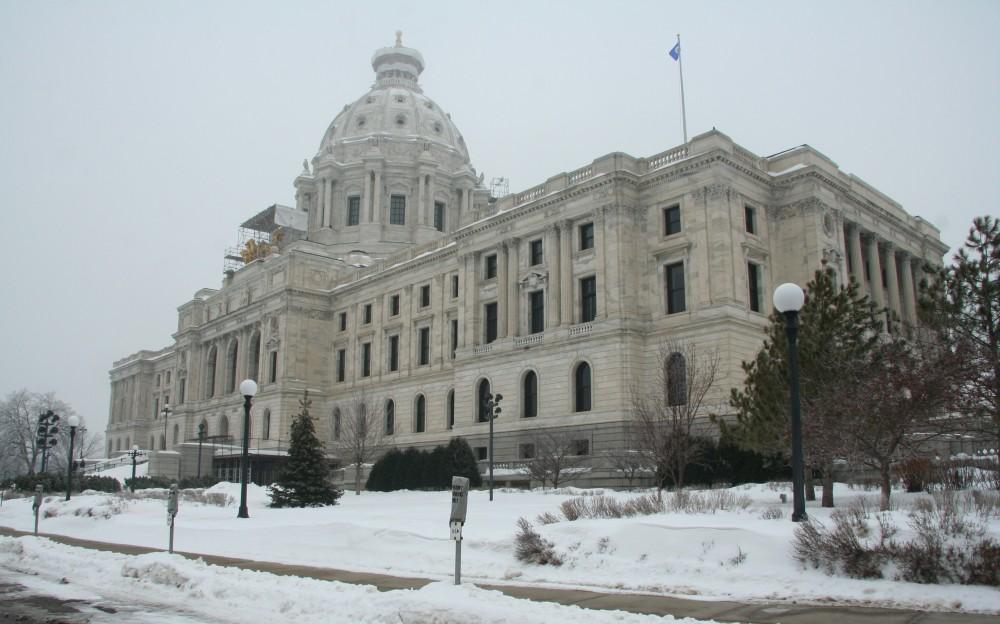Breaking Down Dayton’s $1.4 Billion Bonding Plan

CapitolMNwinter
February 8, 2016
On Friday, January 15, Governor Mark Dayton laid out his $1.4 billion bonding proposal for the 2016 legislative session in a press conference. Bonding is where the state sells bonds or debt with interest, to raise money for projects. The State of Minnesota is set up so that the first year of a legislature makes a budget for two years and then uses the second for other legislation and bonding. 2016 is set to be a bonding year.
In the proposal Dayton expressed a desire to fund a few hundred projects across the state. One major focus is water infrastructure, for a total of $167 million across several projects. Specifically, Dayton is proposing $80 million to help local governments repair and improve wastewater infrastructure.
The University of Minnesota is also included in the proposal. Across all campuses, the university is set to receive $55 million with an additional $66 million for the Health Science Education Facility.
One large section of the proposal is transportation, which totals $133 million but does not include any money for the Metropolitan Council’s current light rail plans. The two current light rail plans, Southwest and the Gold Line, which would go to the Northeast suburbs with future plans to cross the border, are projected to cost $1.8 and $1.4 billion, respectively, pricing them well outside Dayton’s bonding plan. At the press conference, Dayton said those projects will likely require an increase in the metro area sales tax. The transportation funding that is in the proposal is mostly for commercial rail, specifically oil shipping.
Another large section is for the corrections system including funding for the controversial Minnesota Sex Offenders Program. Last October, a U.S. District Court Judge ordered the state to make changes to the civil commitment program, which he declared unconstitutional. Since then, the ruling has been delayed by other legal decisions. However, in the plan the specific items are labeled as “Phase 2” and “Less Restrictive Alternatives” with the items receiving $14.5 million and $12.4 million, respectively. This could mean that Dayton is proposing a possible long-term solution to the constitutionally muddled program.
Some unsurprising areas of spending include parks, the Minnesota Zoo, and the DNR, none of which include any outlandish programs.
As per Minnesota law, any bonding bill requires a 60 percent supermajority to pass, meaning any bonding bill will require support from both the minority Senate Republicans and minority House Democrats. Because any bonding bill will have to be bipartisan, it is unlikely that Dayton will get all the spending that he wants. House Republicans have already said that they do not intend to approve spending of over $1 billion. Additionally, Republicans have proposed using some of the State’s $1.87 billion surplus on the projects so the state can avoid paying interest on them. The Total cost of any project that is bonded approximately doubles the cost because of interest, which means the total cost of Dayton’ plan after interest would be closer to $2.8 billion after the bonds mature in 20 years.
Either way, bonding will be the main issue of the 2016 legislative session with Democrats arguing for more spending and Republicans arguing for less.











